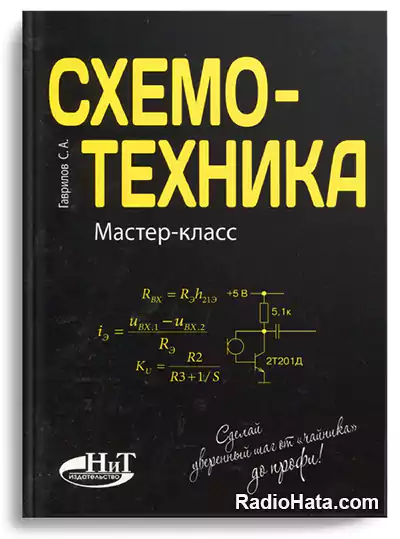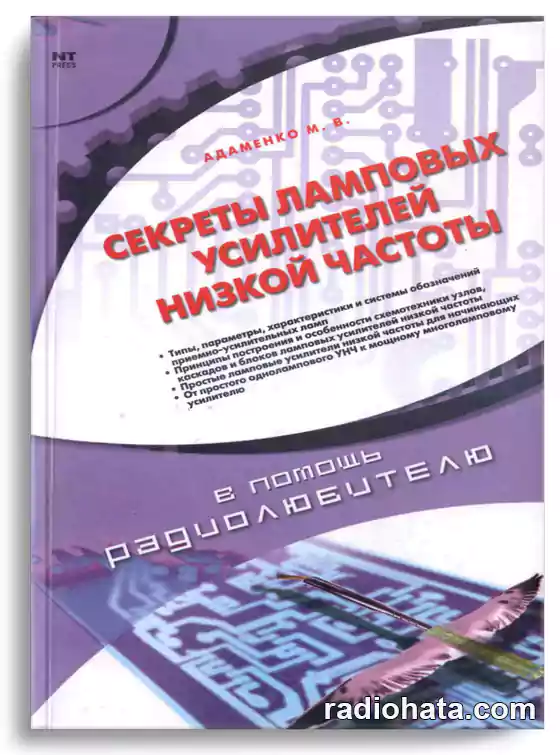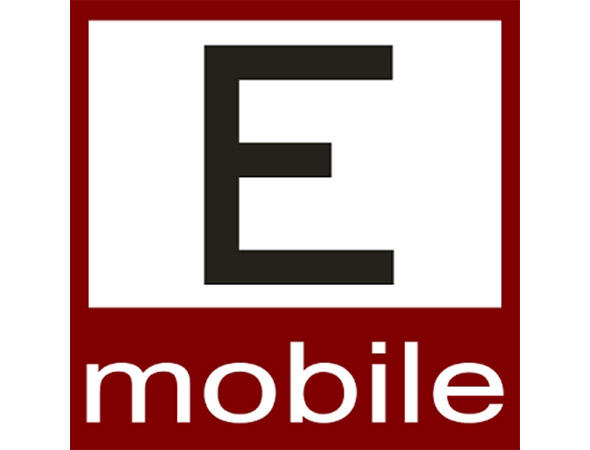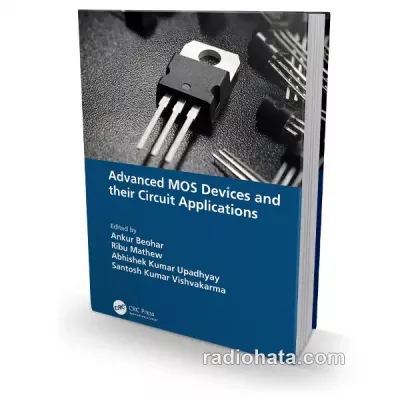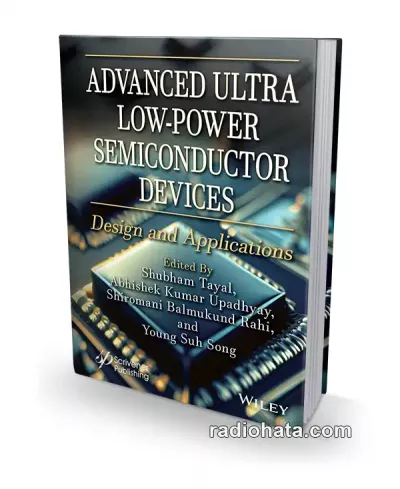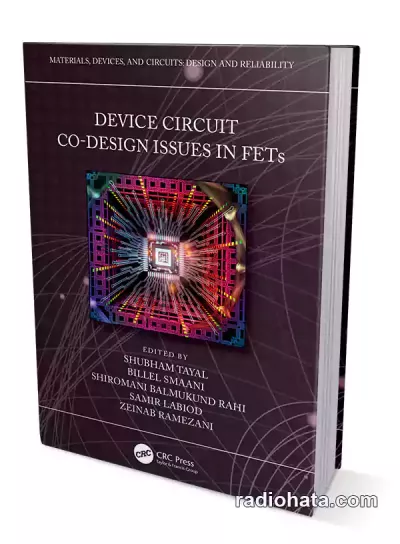Популярное
Handbook of Advanced Semiconductor Field Effect Transistors
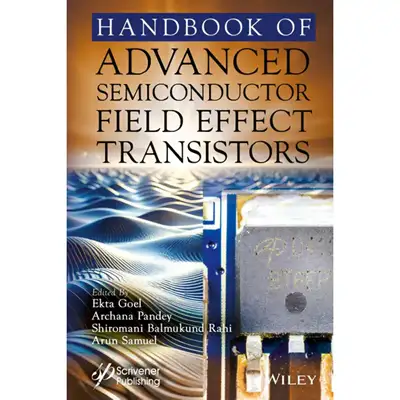
Handbook of Advanced Semiconductor Field Effect Transistors | Ekta Goel, Archana Pandey, Shiromani Balmukund Rahi, Arun Samuel
English | 2026 | True PDF | 525 pages | 24.6 MB
dvance your understanding of semiconductor technology with this indispensable handbook, offering an in-depth look at the modeling, simulation, and fabrication of advanced nanoscale semiconductor field-effect transistors (FETs).
Advanced nanoscale semiconductor field-effect transistors (FETs) represent a pivotal advancement in semiconductor technology, catering to the growing demand for energy-efficient low power electronic devices for emerging applications. This development has significantly impacted the electronics industry, particularly in the design and fabrication of integrated circuits for applications ranging from portable electronics to Internet of Things (IoT) devices. This book provides a comprehensive look at the modelling, simulation, characterization, and fabrication of modern semiconductor FET transistors to improve performance in terms of reduced weight and size, improved subthreshold characteristics and switching performance, and lower power consumption. Handbook of Advanced Semiconductor Field Effect Transistors provides deep insight into the evolving possibilities and challenges of emerging advanced nanoscale FETs. By focusing on the fundamentals of nanoscience and expert knowledge on advanced nanoscale semiconductors, this book serves as a well-rounded guide for novices and professionals looking to innovate in this growing field.
The transistor has become one of the major significant breakthroughs in the electronics field. New techniques of circuit design, miniaturization, and reliability are now emerging, due to the utilization of the transistor and other semiconductor devices. Latest design trends for military equipment have been predominantly towards the use of these devices for the active elements. The purpose of this handbook is to provide the semiconductor players with a reference of reliable, well-designed examples of contemporary devices circuits suitable for use. The brief description about included chapter has been summaries as followings’
In Chapter 1, the field of semiconductor reliability analysis and modeling and provides a detailed examination of the methods and tools used to forecast and improve the durability and efficiency of semiconductor devices. The rapid advancement of semiconductor technology has significantly increased the complexity and functionality of these devices, necessitating the development of sophisticated reliability analysis techniques to meet the changing demands of the industry. The chapter begins with an introduction to the basic principles of semiconductor reliability, including the definitions and importance of reliability metrics and failure mechanisms specific to semiconductor devices. The following sections offer a thorough review of cutting-edge reliability modeling techniques. In this chapter, there are comprehensive discussions on the application of these models in practical settings, underscoring their relevance and effectiveness in forecasting device failures. The particular emphasis is placed on accelerated life testing and its importance in reliability prediction as well as on emerging trends and challenges in the field, such as those introduced by new materials and miniaturization. By merging theoretical knowledge with practical examples, this chapter to provide readers with the knowledge required to understand and address the complexities of semiconductor reliability, enhance their ability to reduce risks, and prolong the functional lifespan of these crucial components.
Chapter 2 describes, the scaling challenges encountered in the nanometer regime with standard single gate bulk MOSFETs are significant because of stern short-channel effects, leading to an exponential rise in the off current and heightened susceptibility to process variations. The double-gate FinFET has emerged as the preferred option among multi-gate transistor architectures, owing to the self-alignment of its two gates, and it also has fabrication steps similar to the existing standard CMOS technology.
In Chapter 3, the demand for compact, efficient, and low-power electronics has grown exponentially over the last few decades. However, conventional field-effect transistors (FETs) face subthreshold swing (SS) limitations. Thus, modern integrated circuits (ICs) with billions of transistors exhibit high overall power consumption. The negative-capacitance ferroelectric FET (NC-FeFETs) is among the many transistor concepts devised to solve this issue.
...
In Chapter 22, the reliability issues of interface trap charges (ITCs) on 4H-SiC (4H–silicon carbide) Trench metal-oxide-semiconductor field-effect transistor (4H-SiC-T-MOSFET) have been discussed in terms of analog parameters. Reliability issues in 4H-SiC-T-MOSFET related to trap charges primarily stem from the interface between the gate oxide and the silicon carbide semiconductor. Trap charges at this interface can lead to threshold voltage shifts, degradation of device performance, and long-term reliability issues. The density of interface traps at the SiC/SiO2 interface is a critical parameter affecting device reliability. High trap densities can lead to increased interface state charges, which can adversely affect device performance and reliability. Trap charges at the interface can cause threshold voltage shifts, leading to variations in device characteristics and performance.
Download Handbook of Advanced Semiconductor Field Effect Transistors
Похожие новости
Информация
Посетители, находящиеся в группе Гости, не могут оставлять комментарии к данной публикации.
-
Зарубежные журналы
-
Радиотехнические журналы
-
Книги




